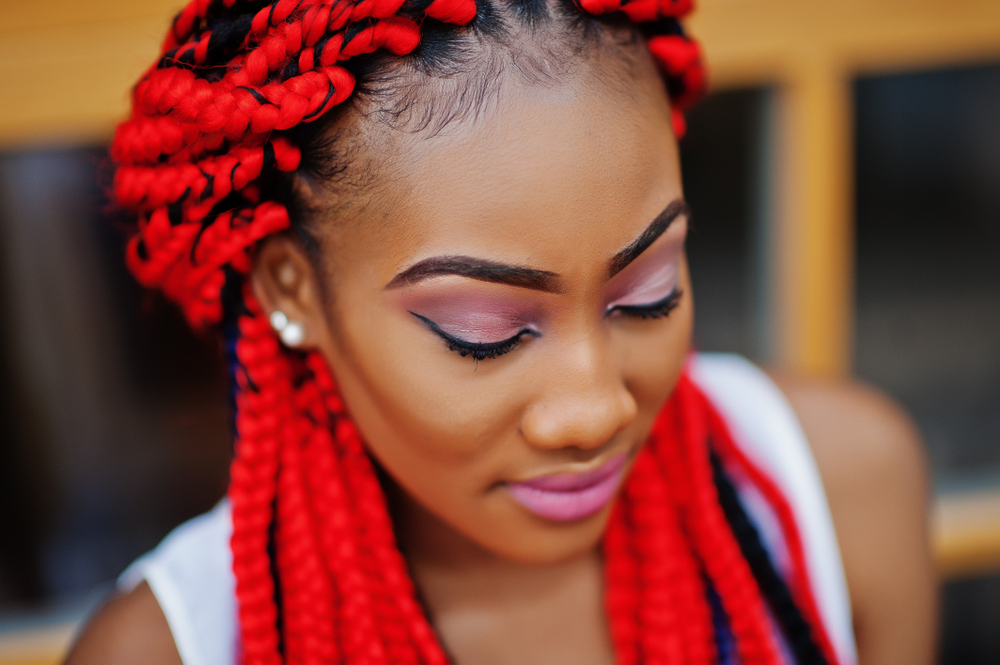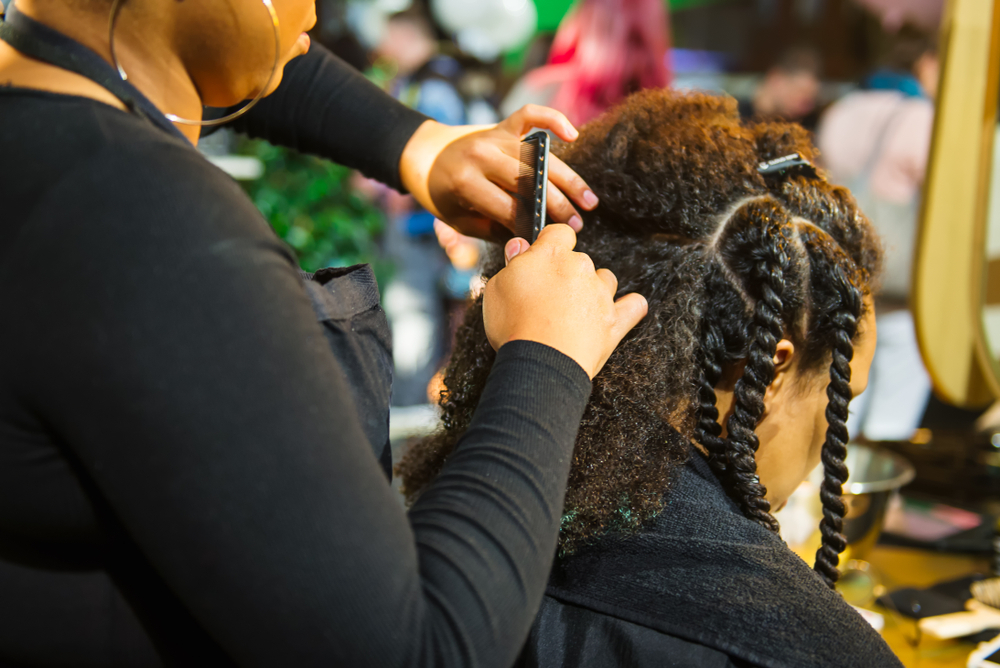
Let’s be honest with the Cornrows. Filtering throughout all braids on the Internet may lead to frustration, attempting to determine precisely what the Cornrows are. And don’t worry if you’re still uncertain since you’re not alone.
We’re here to tell you about Cornrows hairstyle and to answer all your queries. What is so exciting about this hairstyle? What is so remarkable about African roots braiding? You can read more details about this awesome Cornrows hairstyle below to give you a sense of this braiding hairstyle.
Cornrows in a Nutshell
The braided hair that is incredibly near to the scalp is created in a simple and straight line that appears like a cane is cornrows. The braid is firmly tangled, greased, and combed (occasionally). This is why it’s also known as a Cornrows. Cornrows are a natural, male and female hairdo.
Cornrows developed as long back as 500 B.C in regions of ancient Africa. For many aboriginal people in Africa, they were just an obvious indication of social status. The usage of cornices is portrayed by several ancient artifacts, notably the Sphinx.
The style of cornrows could have been from Africa, but the type has profound origins in the American history of slavery. Several African Slaves were compelled to rib their heads, but cornets became mainstays to them as their hair grew up since the style helped them throughout their long days in the field to preserve their hair intact.
How to do Cornrows step by step
You take hair mostly on your sides and at the center while doing cornrows hair and braid them on your scalp. From within, you grab it and tear it away. The steps to braid cornrows are as follows. You can use natural or synthetic hair.
- First, make parts that you would want to braid. Skinnier pieces will have smaller cornrows, while large portions will eventually make wider cornrows. To make a section, you can use the tail of the curly fro comb.
- Before you start making cornrows, each portion needs to be split into three equal sections. You can begin by twisting the tiny part of the hairline.
- When you twist the hair section and choose one of the three parts in a twist, make it into a cornrow, taking the hair out of the partition and adding it to the one that is being twisted. In the whole process, the braid is placed o the scalp of your head.
- You can keep twisting the scalp and add additional hair into the cornrows until the end of the part is reach.
- You must ensure that the end of the braided hair is not disengaged. In the meanwhile, you may merely curl it around your finger. This is for people with natural hair.
- In other sections, you may repeat the procedure and follow the pattern to make cornrows. Make sure you have portions of the same size to ensure that the braid is symmetrical.
Types of Cornrows Hairstyles
Cornrows’ styles are very excited these days. Cornrows come in 2 different types, overhand and underhand. The overhand type is most popular and is commonly referred to as French braid. In this process, the braids are placed over the head and formed by the hair being pulled out and then adding back in it,
In the meantime, the underhand braid type is the reverse of the overhand so that it does not sit over the scalp. It’s done with the hair removed from within and drawn out. The underhand braid is essentially like a French inside-out braid.
How to care for them properly
It’s vital to learn how to take adequate care of them before you go beyond and corn your hair. Likewise, knowing how to take care of your braids is essential to make sure they appear perfect and crucial for your hair’s health.
When you get a braid, you make the number one error when you twist your hair. Any excessively narrow style is likely to produce traction alopecia, a kind of hair loss caused primarily by hair tugging. Tight styles like trunks and ponytails are typically the cause of pulling.
cornrows’ hair may usually survive with proper care over several weeks. However, that doesn’t mean you can go lazy on your hair treatment plan simply because you have had one hairdo for weeks. Your hair and scalp need to be as careful as when the hair isn’t braided.
No matter what kind of texture of your hair, we do not recommend going for more than a week without washing your hair. You must wash your hair when it is wised if you have braids in at the moment for more than a week. Shampoo your hair like you would usually; be careful not to disrupt your style too much. Follow your shampoo with a moisturizer to make sure your hair appears hydrated.
After your hair has been washed and conditioned, ensure sure your strands are dried before you leave the door. You may need to use a blow dryer or a hooded drier for all your hair to be dried if you have added more hair to this hairstyle. If you leave your hair even a little humid (especially near the scalp), you are in danger of dandruff, fungus, or even mildew forming.
The bottom Line
Cornrows hairstyles and wigs may represent cultural heritage, especially among Africans and Americans. Wearing braids may nonetheless classify the wearer and may be discriminated against in some locations. However, they might perceive this style as trendy and stunning for other folks. It depends on how you see it. Please keep it simple and let this braid go roar.


